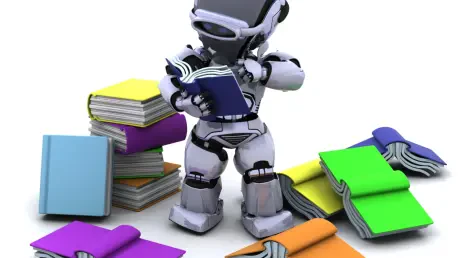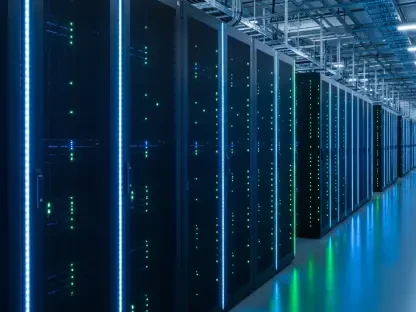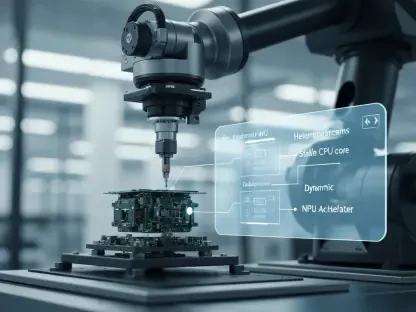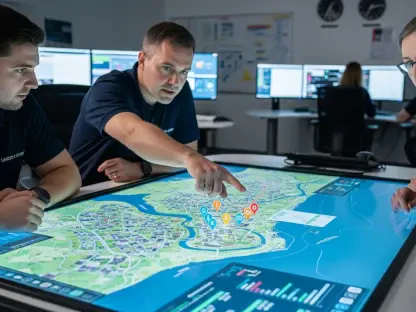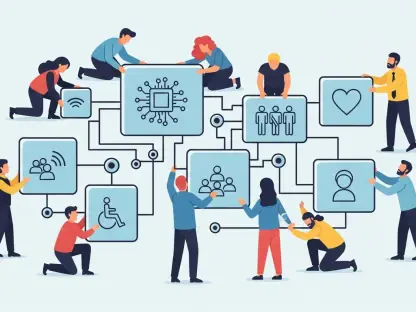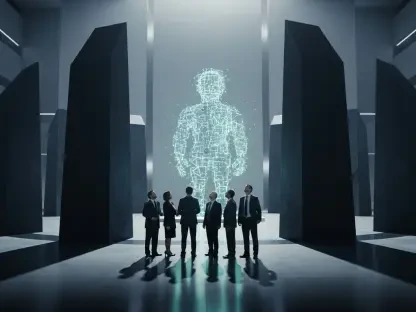I’m thrilled to sit down with Laurent Giraid, a renowned technologist with deep expertise in artificial intelligence, machine learning, and natural language processing. Laurent has dedicated much of his career to exploring how AI can transform various sectors, including education, while maintaining a keen focus on the ethical implications of these technologies. Today, we’ll dive into the evolving role of generative AI in classrooms, its impact on learning and workforce preparation, the challenges of dependency and errors, and how educators and students are navigating this rapidly changing landscape.
How do you see generative AI tools shaping the classroom environment in today’s educational settings?
Generative AI is becoming a powerful ally in education, offering students and teachers new ways to approach learning. These tools can personalize education by adapting to individual student needs, providing tailored explanations, or generating practice materials. They also streamline tasks like drafting essays or brainstorming ideas, which can free up time for deeper exploration of concepts. I think the real value lies in how AI can act as a supportive tool, enhancing rather than replacing the human element of teaching.
What specific advantages do you believe AI brings to students’ learning experiences?
One of the biggest advantages is accessibility. AI can break down complex topics into digestible pieces, which is especially helpful for students who might struggle with traditional teaching methods. It also offers instant feedback on assignments, like writing or coding, allowing students to improve in real time. Beyond that, AI fosters creativity by generating ideas or visual assets for projects, which can inspire students to think outside the box while still engaging with the core material.
In which subjects or areas do you think AI proves to be particularly useful for students?
AI shines in subjects that involve repetitive tasks or require a lot of data processing. For instance, in math and coding, AI tools can help debug problems or explain step-by-step solutions, making abstract concepts more concrete. In language arts, they assist with grammar, structure, and even style suggestions for writing. I’ve also seen AI being incredibly useful in design or multimedia courses, where it can create assets like images or layouts, letting students focus on the bigger picture of their projects.
There’s a growing concern that reliance on AI might dull students’ critical thinking skills over time. What’s your perspective on this?
It’s a valid concern. If students lean too heavily on AI without questioning its outputs or engaging with the material themselves, there’s a risk of losing those critical thinking muscles. However, I believe this isn’t an inherent flaw of AI but rather a matter of how it’s used. If guided properly, AI can actually enhance critical thinking by prompting students to analyze and refine the information it provides, turning a potential crutch into a tool for deeper inquiry.
How can educators strike a balance between leveraging AI and preserving essential skills like problem-solving and original writing?
It starts with setting clear guidelines on how AI should be used. Educators can encourage students to use AI as a starting point—say, for brainstorming or initial drafts—but require them to build on those outputs with their own analysis and creativity. Integrating lessons on evaluating AI-generated content for accuracy and bias is also crucial. By treating AI as a collaborator rather than a shortcut, teachers can ensure students still develop those foundational skills while benefiting from the technology.
How critical is it for students to gain AI literacy to prepare for future careers?
It’s becoming absolutely essential. AI is no longer a niche skill; it’s embedded in industries from healthcare to marketing to engineering. Students who understand how to use AI tools effectively will have a significant edge in the job market. More than that, AI literacy teaches adaptability—knowing how to learn and work with emerging tech is a skill that transcends specific tools and prepares students for whatever comes next.
Can you share some examples of industries where AI skills are increasingly non-negotiable?
Certainly. In tech, obviously, roles in software development and data analysis now often require familiarity with AI models for tasks like automation or predictive analytics. In healthcare, professionals use AI for diagnostics and personalized treatment plans. Even in creative fields like advertising, AI is used to generate content and analyze consumer behavior. Companies across these sectors aren’t just looking for technical know-how; they want people who can think critically about how to apply AI ethically and effectively.
What are the potential consequences for students who miss out on AI exposure during their education?
Without early exposure, students risk entering the workforce at a disadvantage. They might struggle to adapt to workplaces where AI tools are standard, or they could miss out on opportunities in fields that increasingly rely on these technologies. Beyond that, there’s a broader societal impact—lacking AI literacy can limit their ability to engage with and critique the systems shaping our world, from algorithms in social media to automated decision-making in public policy.
What’s your take on AI companies providing free tools or student-specific features to encourage adoption in education?
I see it as a double-edged sword. On one hand, it democratizes access to cutting-edge technology, which is fantastic for students who might not otherwise have these resources. On the other, it’s hard to ignore the commercial angle—these companies are building brand loyalty and future customers. The key is ensuring that these tools are designed with genuine educational value in mind, not just as a marketing ploy, and that they prioritize learning over dependency.
How are universities and professors adapting to the integration of AI in educational settings?
There’s a wide range of responses. Some institutions are proactively embedding AI into their systems, offering access to tools and training for both students and faculty. Others are more cautious, developing policies to regulate usage and prevent misuse like plagiarism. I’ve seen professors experimenting with AI in coursework, using it to enhance projects or personalize learning, but there’s still a learning curve. Many educators need more support to fully understand how to integrate AI without losing sight of pedagogical goals.
There’s a trend among some educators to set higher expectations for student work when AI is used. What’s your view on this approach?
I think it’s a smart move. If AI is handling some of the grunt work, like generating initial drafts or solving basic problems, students should be pushed to go beyond that with deeper analysis, creativity, or originality. It’s a way to ensure they’re not just coasting on the technology but are instead using it as a springboard for higher-level thinking. The challenge is setting standards that are ambitious yet fair, so students feel motivated rather than overwhelmed.
One major issue with AI is the potential for errors or fabricated information. How do you guide students to navigate this challenge?
I emphasize the importance of skepticism. Students need to treat AI outputs as a first draft, not gospel. I encourage them to cross-check information with credible sources and to understand the context of what they’re working on so they can spot inconsistencies. Teaching them to ask critical questions—like why an AI might produce a certain answer or where its data comes from—helps build a habit of verification. It’s about fostering a mindset of curiosity over blind trust.
Looking ahead, what is your forecast for the role of AI in education over the next decade?
I believe AI will become even more integrated, evolving from a supplementary tool to a core component of personalized education. We might see AI agents acting as individual tutors, adapting to each student’s pace and style of learning in ways human teachers can’t scale. At the same time, I expect ongoing debates about ethics, equity, and dependency to shape how AI is deployed. The challenge will be ensuring that as AI grows, it enhances human connection and critical thinking rather than diminishing them. I’m optimistic, but we’ll need careful stewardship to get there.
